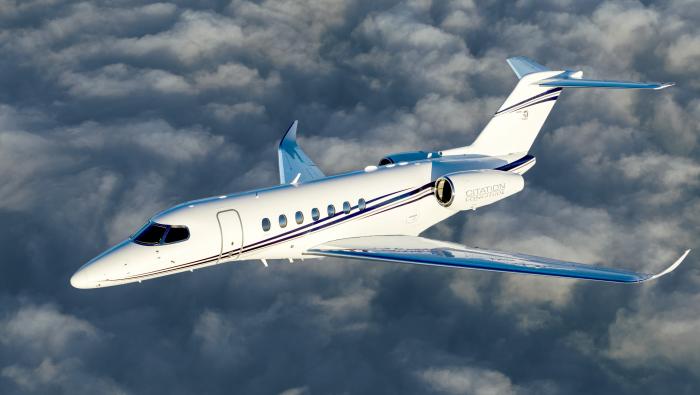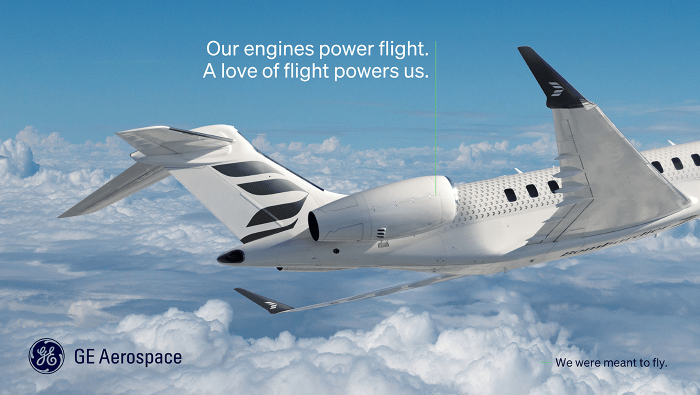Global Jet Capital, releasing its business jet forecast, sees steady continued growth in the next five years with transactions nearing $40 billion in 2025. Further, GJC anticipates this growth to continue fairly steadily over the next five years, averaging about 4.2% for preowned and 2.7% annually for new-production jets.
“We’re seeing a very good and balanced market,” GJC CEO Vivek Kaushal told AIN. “Clearly, we turned the page coming out of Covid, and the story has just continued to build in this really nice and steady fashion.”















